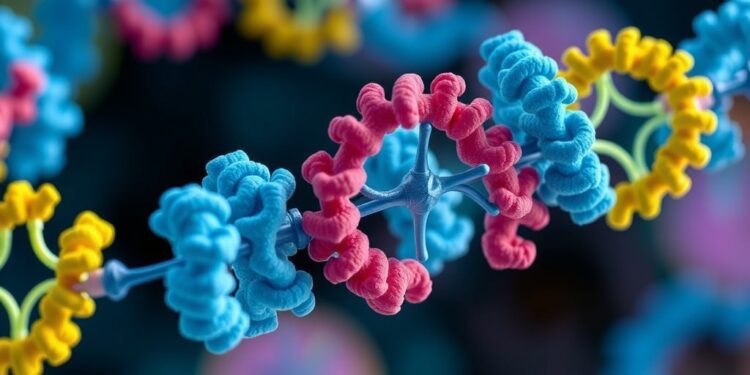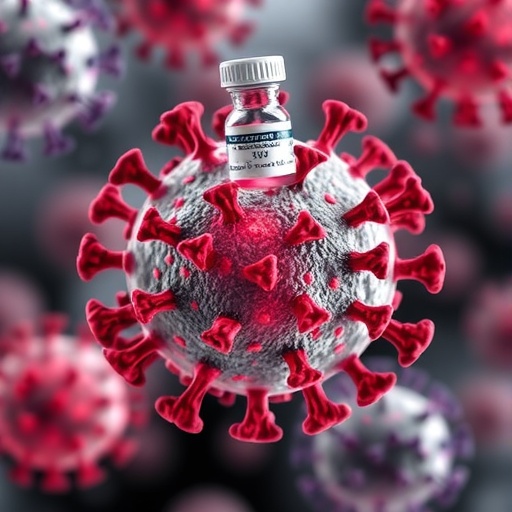
Title: Innovations in Kinase Inhibitor Development: The Macrocyclization Strategy and Its Impact on Disease Treatment
The landscape of targeted cancer therapies has been dramatically transformed by the advent of kinase inhibitors. These compounds are crucial for regulating various cellular processes through phosphorylation. However, the emergence of drugs with higher efficiency and selectivity is vital, as current treatments often face issues such as drug resistance, poor solubility, and lack of specificity. Researchers are continually exploring novel approaches to enhance the therapeutic effectiveness of kinase inhibitors. Among these, the macrocyclization strategy stands out as an innovative solution that has garnered significant attention in recent years.
With a progressive understanding of kinase dysregulation in various diseases, the number of FDA-approved small-molecule kinase inhibitors has surged. By mid-2024, the FDA had granted approval to 81 small-molecule inhibitors, each designed to target over 30 distinct kinases. This approval showcases a considerable stride in therapeutic avenues for patients grappling with cancer and other serious ailments. However, despite these advancements, many inhibitors still grapple with limitations concerning their pharmacological profiles. As a consequence, medicinal chemists have turned their focus to refining these compounds.
One of the most compelling strategies employed to optimize kinase inhibitors is macrocyclization, a process that allows for the formation of larger cyclic molecules. The key advantage of macrocyclization lies in its ability to enhance the binding affinity of inhibitors to their target kinases. This is particularly significant in overcoming the challenges posed by point mutations that typically confer drug resistance. As researchers delve deeper into this field, three notable macrocyclic kinase inhibitors—lorlatinib, pacritinib, and repotrectinib—have successfully received FDA approval, marking milestones in the development of more effective therapies.
The structural modifications achieved through macrocyclization serve multiple purposes. They improve not only the kinase inhibitory activity but also the selectivity towards specific targets, which is paramount in minimizing off-target effects. Furthermore, macrocyclic compounds have been observed to exhibit improved solubility profiles. This is especially crucial since many small molecules suffer from poor solubility, hampering their clinical efficacy. By utilizing macrocyclization, chemists have opened avenues for the creation of molecules that interact favorably with biological systems.
In the review discussed in the latest issue of Acta Materia Medica, authors meticulously detail the progress made in applying macrocyclization strategies to optimize kinase inhibitors. The review encapsulates the intricate pathways from lead compounds to fully developed macrocyclic molecules highlighting recent advancements in the field. This comprehensive exploration reveals how structural modifications have evolved, addressing numerous challenges that hinder the effectiveness of traditional kinase inhibitors.
Identifying the limitations of existing macrocyclic kinase inhibitors is equally important. Despite their enhanced profiles, researchers must contend with the inherent complexities of developing new molecules that meet clinical demands. The authors of the review propose meaningful considerations to guide future research in creating superior macrocyclic inhibitors. As insights gleaned from ongoing studies continue to refine and redefine our understanding of kinase interactions, the future looks promising for targeted therapies.
The integration of the macrocyclization strategy into kinase inhibitor design does not merely represent a trend; it embodies a fundamental shift in how researchers approach drug development. As the body of evidence supporting macrocyclic compounds grows, there is a rising conviction in their potential to revolutionize treatment paradigms for various malignancies. Researchers are urged to maintain momentum while addressing the existing gaps within the field.
Moreover, the implications of these advancements extend beyond oncology. Kinase inhibitors have applications across a range of diseases, including autoimmune disorders and cardiovascular diseases. This versatility underscores the need for ongoing research that can leverage macrocyclization techniques to address pharmacological challenges associated with diverse kinases. As scientists continue exploring this frontier, the insights gained will undoubtedly influence future methodologies in drug development.
As a testament to the growing interest in this area, Acta Materia Medica welcomes submissions of research and review articles, suggesting a vibrant and engaged community keen on advancing knowledge. The overarching goal remains to share insights that can drive innovations in drug design, ensuring that researchers remain at the forefront of scientific discovery.
In conclusion, the integration of macrocyclization in optimizing kinase inhibitors represents a pivotal moment in therapeutic development. It signifies a shift towards addressing long-standing issues such as selectivity and resistance, positioning these compounds for enhanced clinical outcomes. As the promise of macrocyclic inhibitors unfolds, there is an optimistic outlook for the future of targeted therapies.
The exploration of this topic within Acta Materia Medica not only enriches the scientific community’s understanding but also sets the stage for future breakthroughs in kinase inhibitor therapies. With ongoing research and collaboration, the potential for enhanced treatment strategies continues to expand, heralding a new era of precision medicine.
Subject of Research: Application of macrocyclization strategy in kinase inhibitor development.
Article Title: Application of a macrocyclization strategy in kinase inhibitor development.
News Publication Date: 2025
Web References: DOI: 10.15212/AMM-2024-0070
References:
Image Credits:
Keywords: Kinase inhibitors; Macrocyclization; Cancer therapy; Drug resistance; Medicinal chemistry; FDA approval; Targeted therapies; Anticancer drugs; Pharmacological properties; Drug optimization; Clinical efficacy; Precision medicine.





